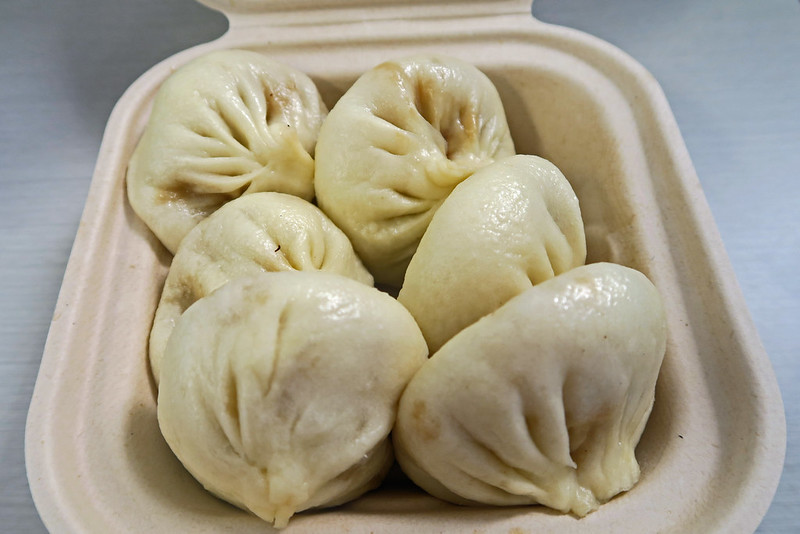Tian jin
Overview of Tianjin
Government
The Tianjin People’s Congress is the city’s chief administrative body. Its predecessor, the Municipal Revolutionary Committee, was established in 1967 during the Great Proletarian Cultural Revolution (1966–69). Prior to 1967, responsibility for the management of the city’s affairs was shared by a number of bureaus under both party and governmental control.
The Tianjin Municipal Planning Commission plays a key role in managing industry and commerce. It controls the supply and distribution of industrial raw materials, sets production levels, allocates funds for capital investments, determines manpower needs, supervises product research and development, and coordinates transportation, public works, and environmental policy.
Education
Before the Cultural Revolution about one-sixth of Tianjin’s population was enrolled in educational institutions. During the late 1960s and early 1970s, enrollments fell. By the late 1970s, to support China’s modernization program, considerable investments had been made to improve and expand scientific and technical institutions, especially those supportive of petrochemical, iron and steel, and marine services and engineering industries. The general universities of Nankai and Tianjin are located in Nankai district, on the southwestern periphery of the city. Other higher educational institutions include the Polytechnic University, the University of Technology, the Academy of Fine Arts, the Conservatory of Music, a medical university, a normal university, and other colleges and universities. Work-study schools attached to factories supplement formal educational programs.

Image the University of Tianjin is provided by Lawrence Wang under (CC BY-SA 2.0)
Transportation
Tianjin is North China’s leading transport centre. The Jing-Hu (former Jin-Pu) railway runs south from Beijing to Shanghai via Jinan, Shandong province, and Xuzhou, Jiangsu province. The Jing-Shan railway runs north from Beijing through Tianjin and Shanhaiguan on the Hebei-Liaoning border to Shenyang, Liaoning province. The lines are served in Tianjin by three railway stations, classification yards, and extensive maintenance and repair facilities.
Cultural life
The city has several museums and a major library. The Fine Arts Museum is noted for its collection of Yuan, Ming, and Qing dynasty paintings, while the City Museum of History and the Tianjin Science Hall have more contemporary displays. The Tianjin Library is the municipality’s largest library.
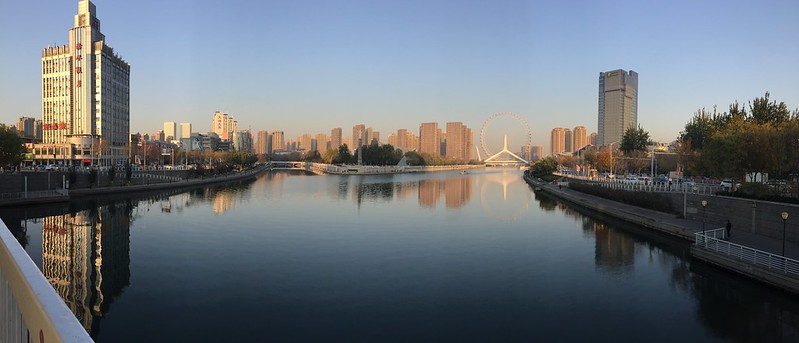
Image Tianjin is provided by Pierre Metivier under (CC BY-NC 2.0)
List of beautiful sites
- Tian Jin Zhi Yan
- Home inn Plus Railway Station Italian Style Street
- Wu Da Dao
- Tianjin Museum
List of famous food
- Tianjin Goubuli
- Four Winter Delicacies
- Eight Great Bowls
- Four Great Stews
Photo Gallery
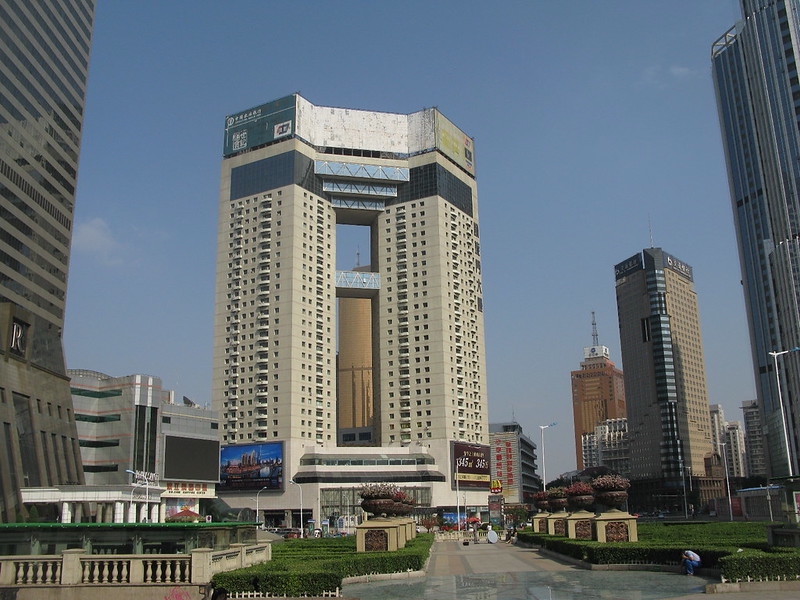
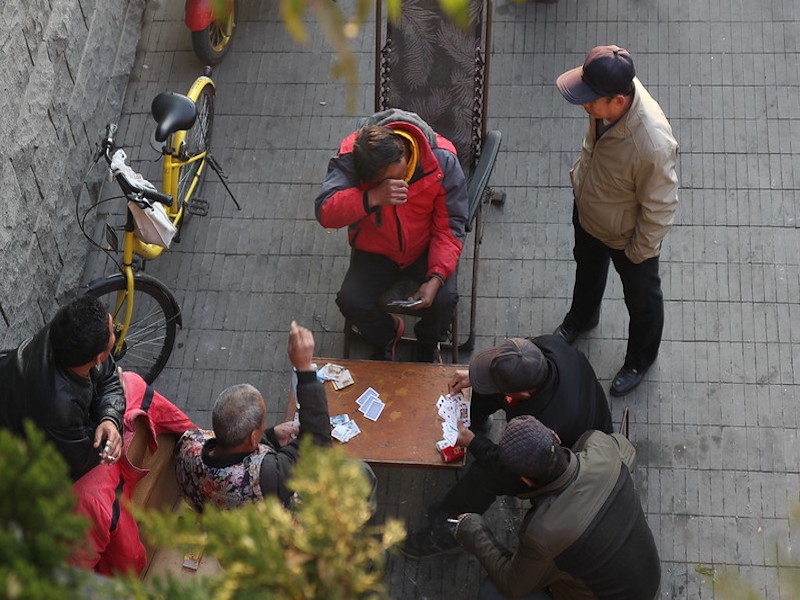
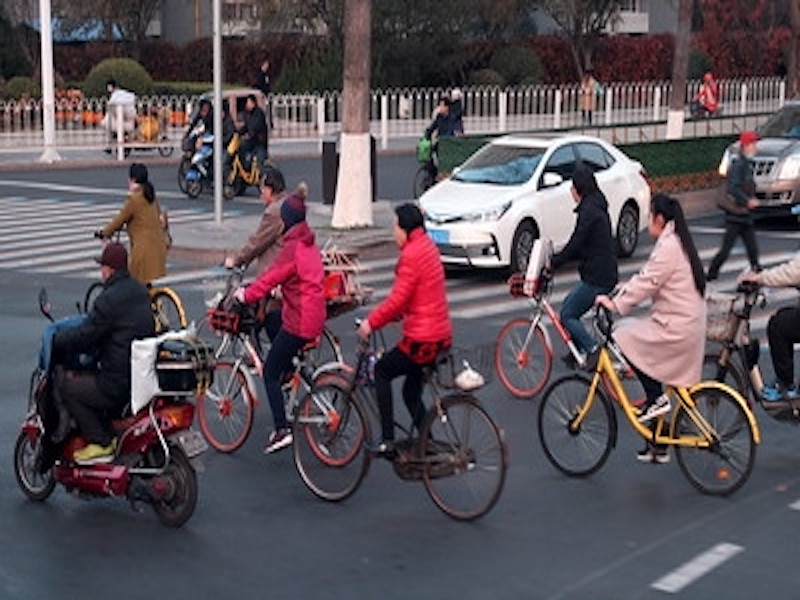
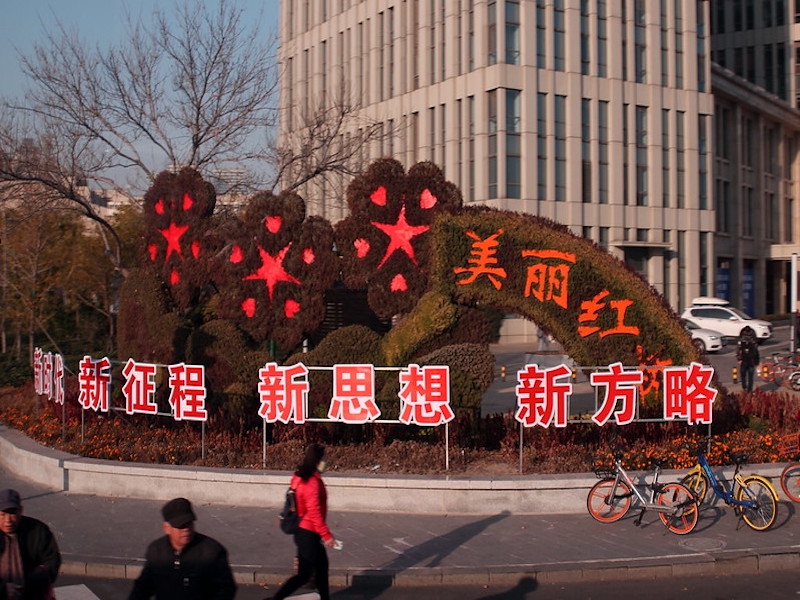
3D Rotating Carousel




